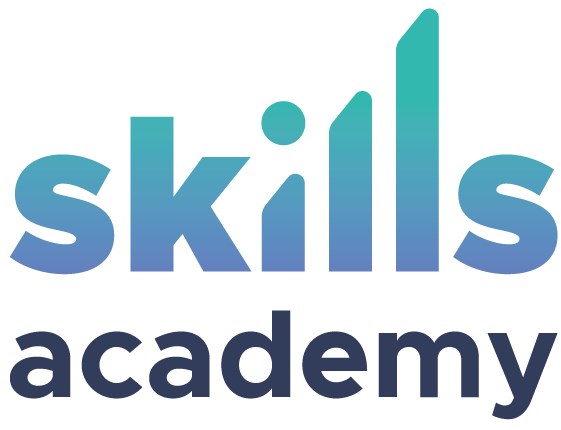Top 5 Mistakes to Keep away from When Buying Construction Equipment
Buying construction equipment represents a significant investment for any enterprise in the building sector. Whether you’re acquiring new machinery or choosing used, the alternatives you make can have prodiscovered impacts on the operational effectivity and monetary health of your company. Listed below are the top five mistakes to avoid when shopping for development equipment:
1. Overlooking Total Value of Ownership
Probably the most common pitfalls is focusing solely on the purchase value of equipment somewhat than considering the total price of ownership (TCO). TCO contains all prices associated with the machinery throughout its life, together with upkeep, repairs, fuel, and even potential resale value. Overlooking these factors can lead to surprisingly high operational costs over time. It’s crucial to evaluate the machine’s fuel efficiency, upkeep schedule, and the availability and price of spare parts. Additionally, consider the depreciation rate of the equipment and the way that will have an effect on its resale value.
2. Ignoring Fit for Goal
Deciding on equipment that doesn’t perfectly match the particular requirements of your projects can lead to inefficiencies and elevated costs. For example, buying a large excavator when a smaller one would suffice can result in unnecessary fuel consumption and difficulty in maneuvering on tight sites. Conversely, equipment that’s too small could battle with productivity, leading to delays and higher long-term costs. To avoid this, totally analyze the scope and needs of your current and future projects. Consult with subject operators and project managers to understand precisely what is required.
3. Neglecting to Check Equipment History and Condition
This mistake is particularly related when buying used equipment. Skipping an intensive check of the machinery’s history and present condition can lead to significant, unforeseen repair prices and downtime. Always request and review the detailed service history, and conduct a physical inspection, ideally with the assistance of an professional mechanic. Check for signs of wear and tear, potential damage, and ensure that all systems are functioning correctly. Pay particular attention to critical parts like the engine, hydraulics, and transmission.
4. Not Considering Future Wants
While it’s essential to purchase equipment that fits present project calls for, it’s additionally vital to consider the long-term perspective. Business growth or changes in the type of projects undertaken may require different specifications or additional equipment. Buyers should think about scalability and versatility of the equipment. For example, choosing a model that may accommodate various attachments may provide more worth in the long run as it may be adapted to different jobs. Additionally, investing in technology-friendly machines that can be updated or enhanced with new technology might help ensure your equipment doesn’t turn out to be obsolete too quickly.
5. Overlooking Financing Options and Warranties
Finally, not taking the time to explore completely different financing options and warranty presents can also be a expensive oversight. There are quite a few ways to finance building equipment, from leases to loans, each with its own benefits and drawbacks. Understand the terms and conditions of each financing technique to decide on the one that greatest aligns with your organization’s cash flow and tax situation. Additionally, warranties can significantly lower repair prices for new equipment. Make sure to understand what the warranty covers and for how long, as this can significantly have an effect on the TCO.
Conclusion
Buying building equipment is a major resolution that requires careful planning and consideration. By avoiding these top five mistakes—overlooking total price of ownership, ignoring fit for function, neglecting to check equipment history and condition, not considering future needs, and overlooking financing options and warranties—companies can ensure they make sound investments that will benefit their operations for years to come. Smart buying choices lead not only to improved project execution but in addition to enhanced general business sustainability and profitability.
If you have any thoughts pertaining to the place and how to use earth moving equipment, you can speak to us at our own site.

Responses